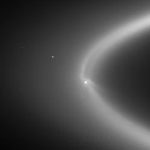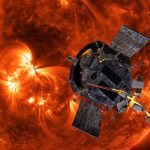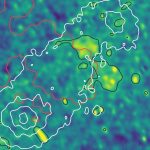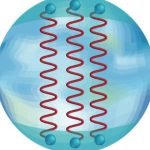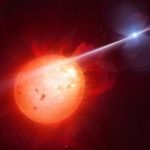An element essential to life discovered on one of Saturn’s moons, raising hopes of...
Enceladus is the tiny moon of Saturn that seems to have it all. Its icy surface is intricately carved by ongoing geological processes.
Its icy...
Scientists discover the mysterious origin of the Geminids meteor shower
The Geminids meteor shower is a winter spectacle that lights up our night sky every year.
However, the origins of these "shooting stars" have been...
Saturn’s moon Enceladus harbors phosphates, a ‘building block of life’
Researchers report that water on Enceladus, one of Saturn’s moons, holds phosphates. Phosphorus, in the form of phosphates, is vital for all life on Earth.
Jupiter’s moon Europa may have had a slow evolution, shows study
Have you ever looked up at the stars and wondered if there's life beyond Earth? Scientists have been asking that same question for a...
Scientists detect hidden radio waves from distant galaxy cluster CIZA1359
Have you ever tried to listen to your favorite song, but the noise from a loud truck passing by drowned it out?
Imagine being an...
Unraveling the mysteries of neutron stars: A new dimension of understanding
Understanding the stuff that makes up the heart of atoms—the protons, neutrons, and the tiny things inside them, called quarks and gluons—can be really...
There could still be a ninth planet in our Solar System – here’s why
We all used to think there were nine planets.
But in 2006 the solar system was left with only eight planets, when Pluto was no...
Rare discovery unveils secrets of white dwarf stars
Scientists found a rare type of white dwarf star system, offering unique glimpse into the life cycle of these fascinating celestial objects.
Scientists find critical building block for life at Saturn’s moon Enceladus
Scientists have found new clues that hint at the presence of life on Enceladus, one of Saturn's moons. The key to this discovery: Phosphorus.
Hunting for alien messages near a supernova
The Universe is Big and Full of Wonders
In the big, wide universe, a group of astronomers are on a mission. They're searching near a...

